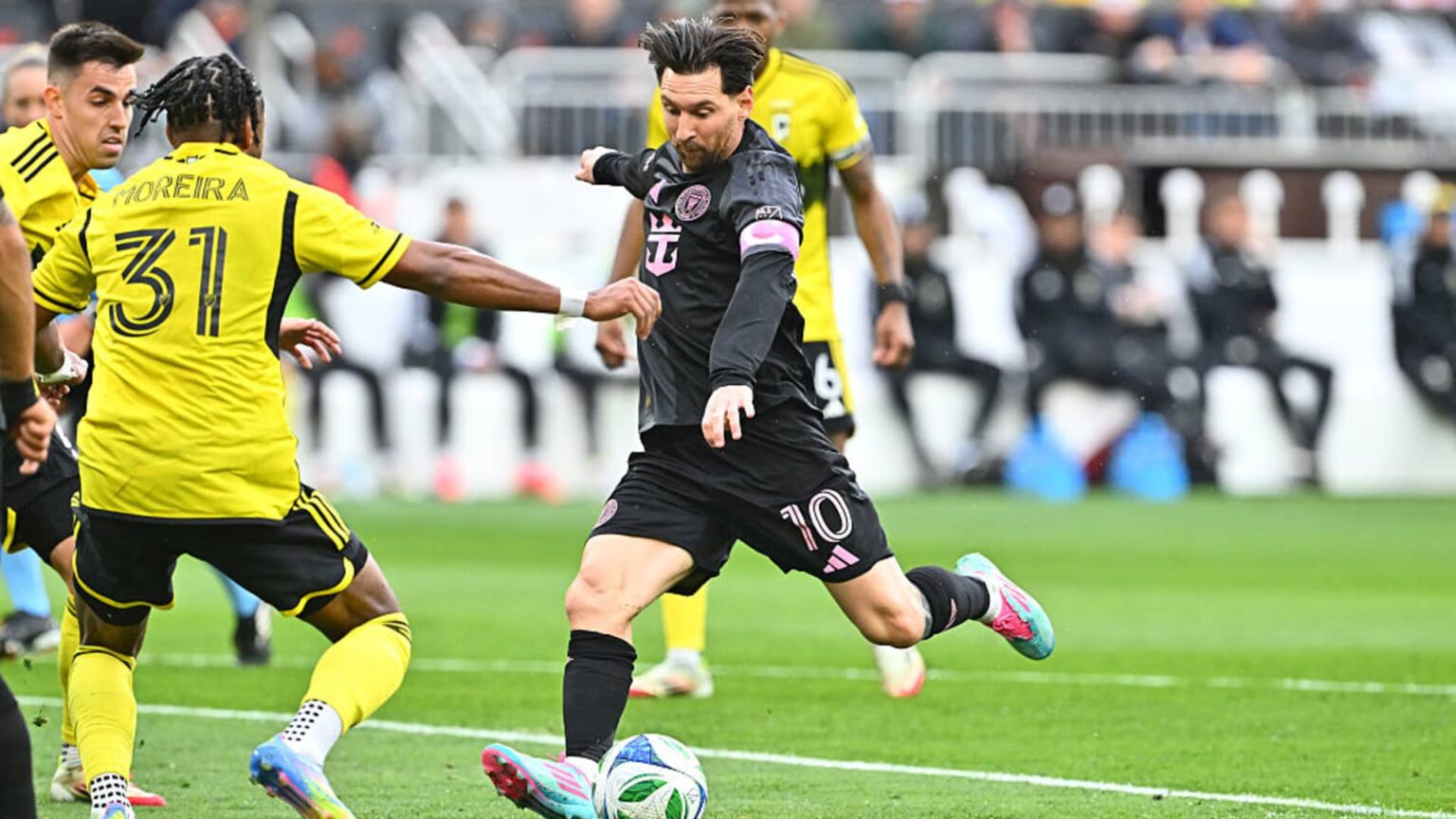The Growth and Popularity of Major League Soccer in the U.S.
As soccer continues to gain traction in the United States, Major League Soccer (MLS) marks its 30th anniversary amid a surge in sponsorship revenue and fan attendance. This phenomenon is particularly significant given the historical dominance of other sports, such as football, basketball, baseball, and hockey, in American culture.
Soccer’s Rising Footprint
In 2024, MLS reported a double-digit increase in sponsorship revenue, a trend that persists into 2025. Notably, brands such as Michelob Ultra and Adidas have enhanced their partnerships with the league, signifying a growing interest in this emerging market.
Jen Cramer, MLS’s executive vice president of partnership marketing, attributed this growth to the increasing cultural relevance of soccer in the U.S. and the anticipation surrounding the 2026 FIFA World Cup, which will be co-hosted by the U.S., Canada, and Mexico.
Advertising Trends in Live Sports
Advertisers have increasingly focused on live sports due to their capacity for high viewer engagement, even as the broader media landscape shifts towards on-demand content. This has led to substantial investments in not just traditional leagues but also in women’s and youth sports, as well as soccer, which continues to capture attention and investment.
Despite economic uncertainties prompting advertisers to reduce spending, Cramer noted an uptick in brand activity within MLS, characterized by early renewal contracts and new partnerships. “It’s a clear sign the smart money is already moving,” Cramer said.
Significant Sponsorship Deals
A range of brands, from Audi to Sports Illustrated Tickets, have been actively securing sponsorships. Sports Illustrated Tickets recently acquired naming rights for the New York Red Bulls’ stadium, enhancing not only the branding experience but also the overall fan atmosphere.
Michelob Ultra’s involvement extends beyond MLS to becoming the official beer sponsor for the Concacaf Champions Cup, further solidifying its marketing strategy in soccer. Ricardo Marques, a senior vice president at Michelob, highlighted the brand’s explosive growth, noting it is the fastest-growing beer in the U.S.
Lionel Messi’s Impact
The arrival of Lionel Messi at Inter Miami in 2023 has been transformative for MLS. His presence has not only elevated attendance figures but has also rejuvenated interest in the league. For example, matches against teams like the Columbus Crew attracted over 60,000 fans, showcasing the heightened appeal MLS enjoys with star players.
Social media presence has surged as well, with MLS’s Instagram following jumping from 1 million to over 17 million since Messi’s signing. The fan demographic is increasingly younger and more diverse, particularly appealing to advertisers targeting Gen Z and millennials.
Preparing for the World Stage
With the upcoming World Cup in 2026, MLS stands at a pivotal juncture. The previous World Cup hosted in the U.S. in 1994 laid the groundwork for MLS, triggering a 30% rise in soccer interest. Cramer emphasized that as soccer evolves in the U.S., brands are recognizing the unique opportunity to engage with a dynamic and passionate fan base.
As the sport continues to grow, the expectation is that MLS will play a central role in shaping the future landscape of American soccer and its marketing possibilities.
